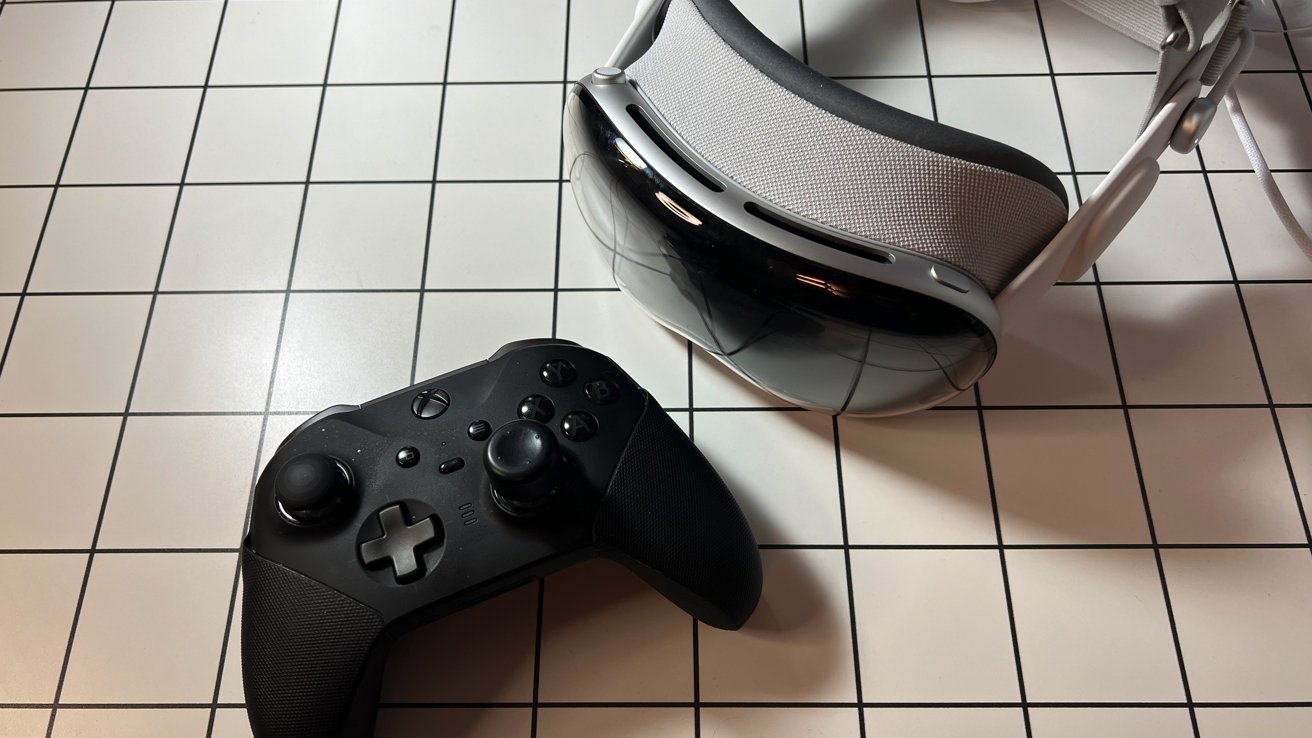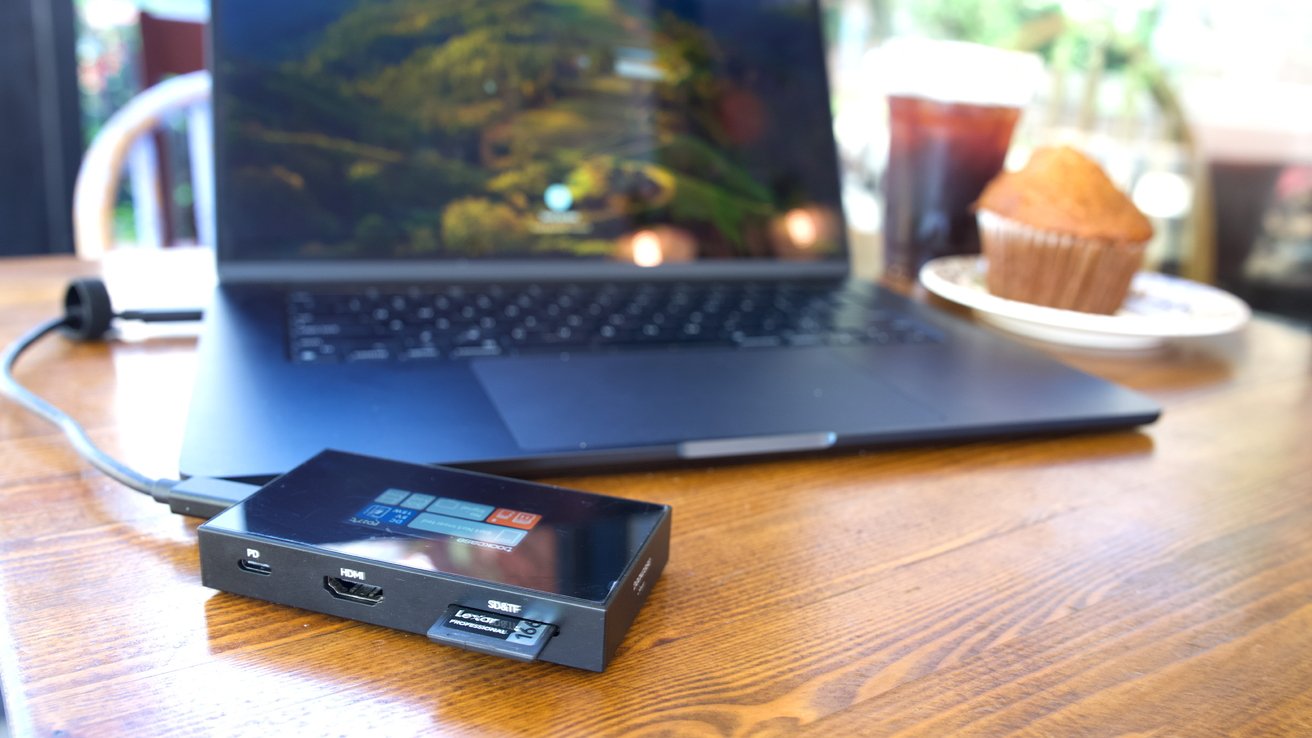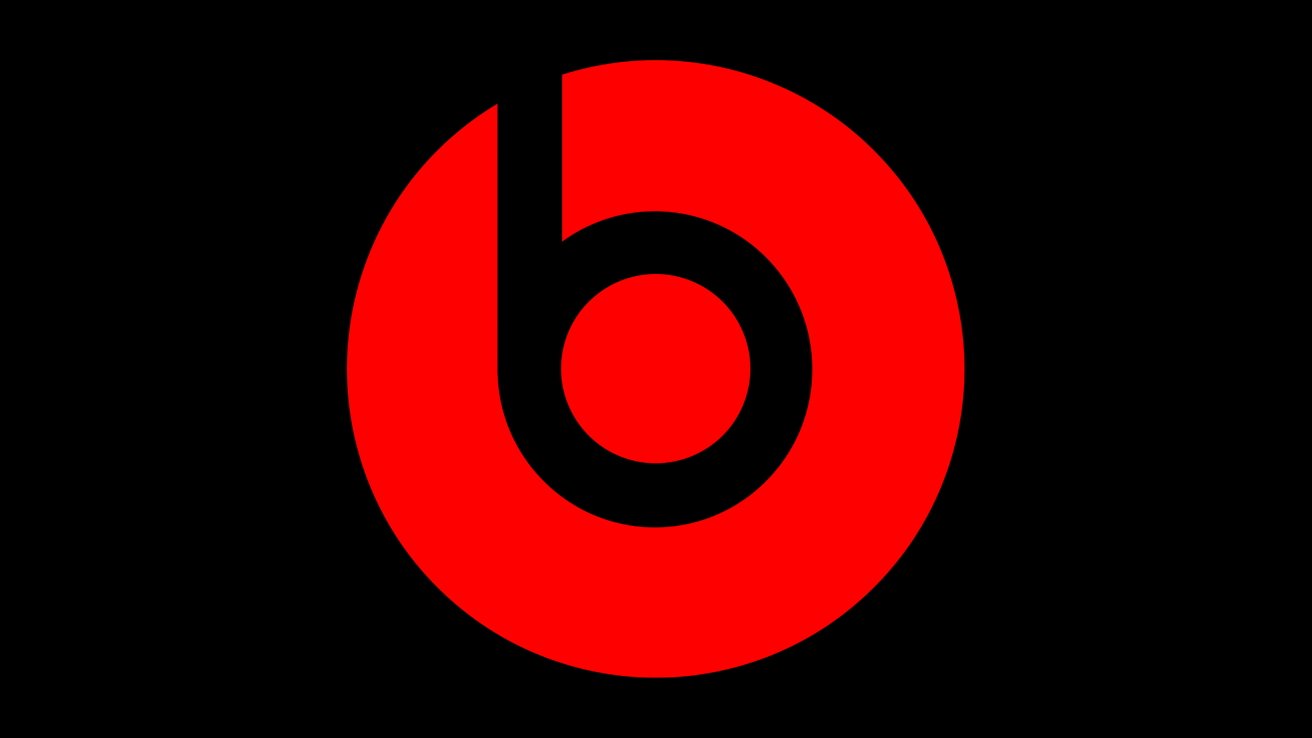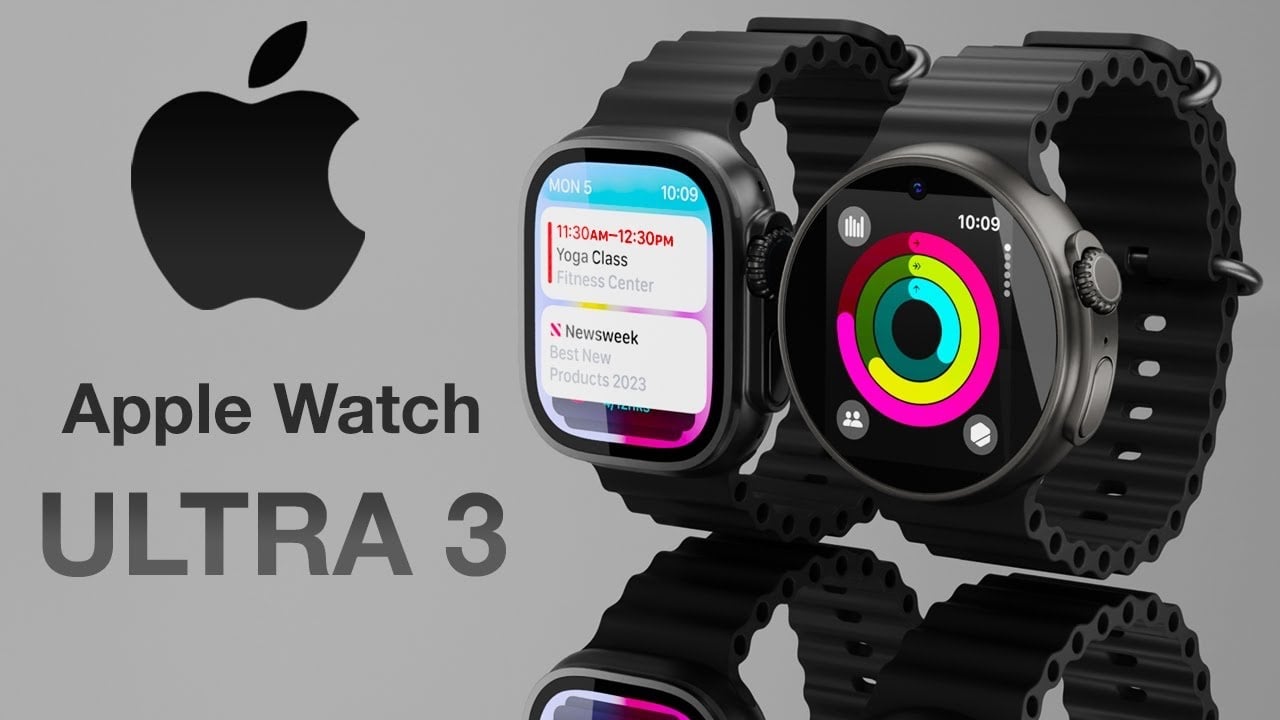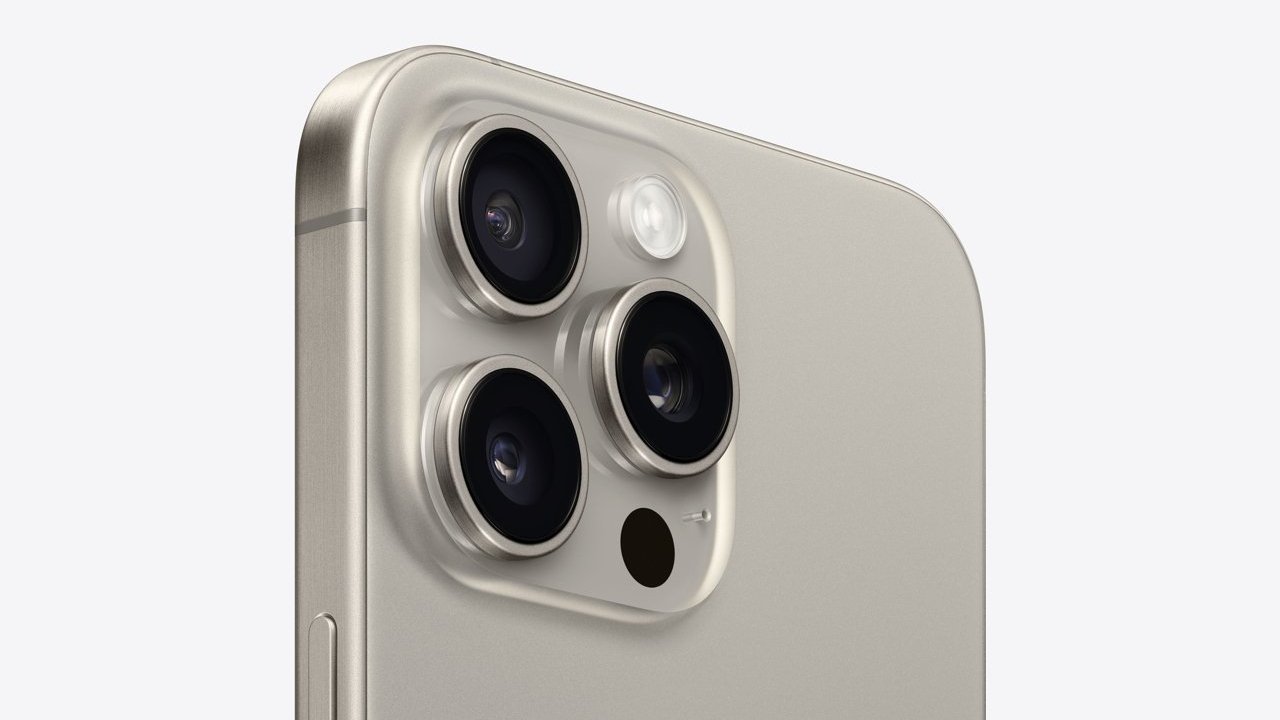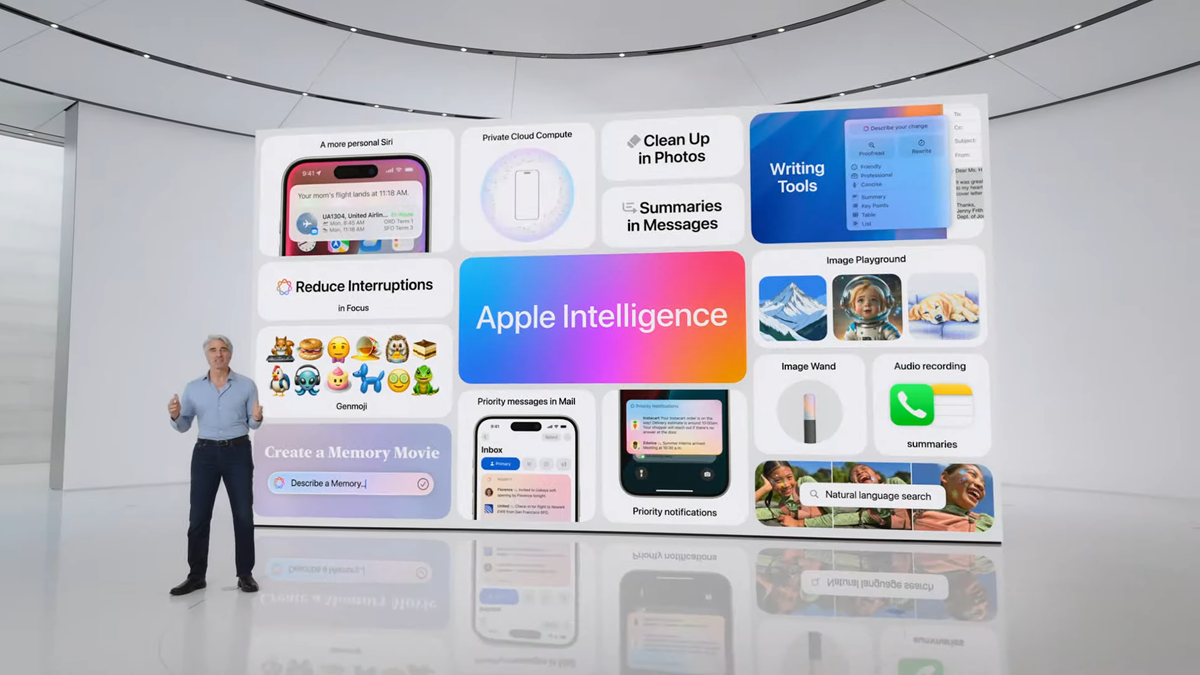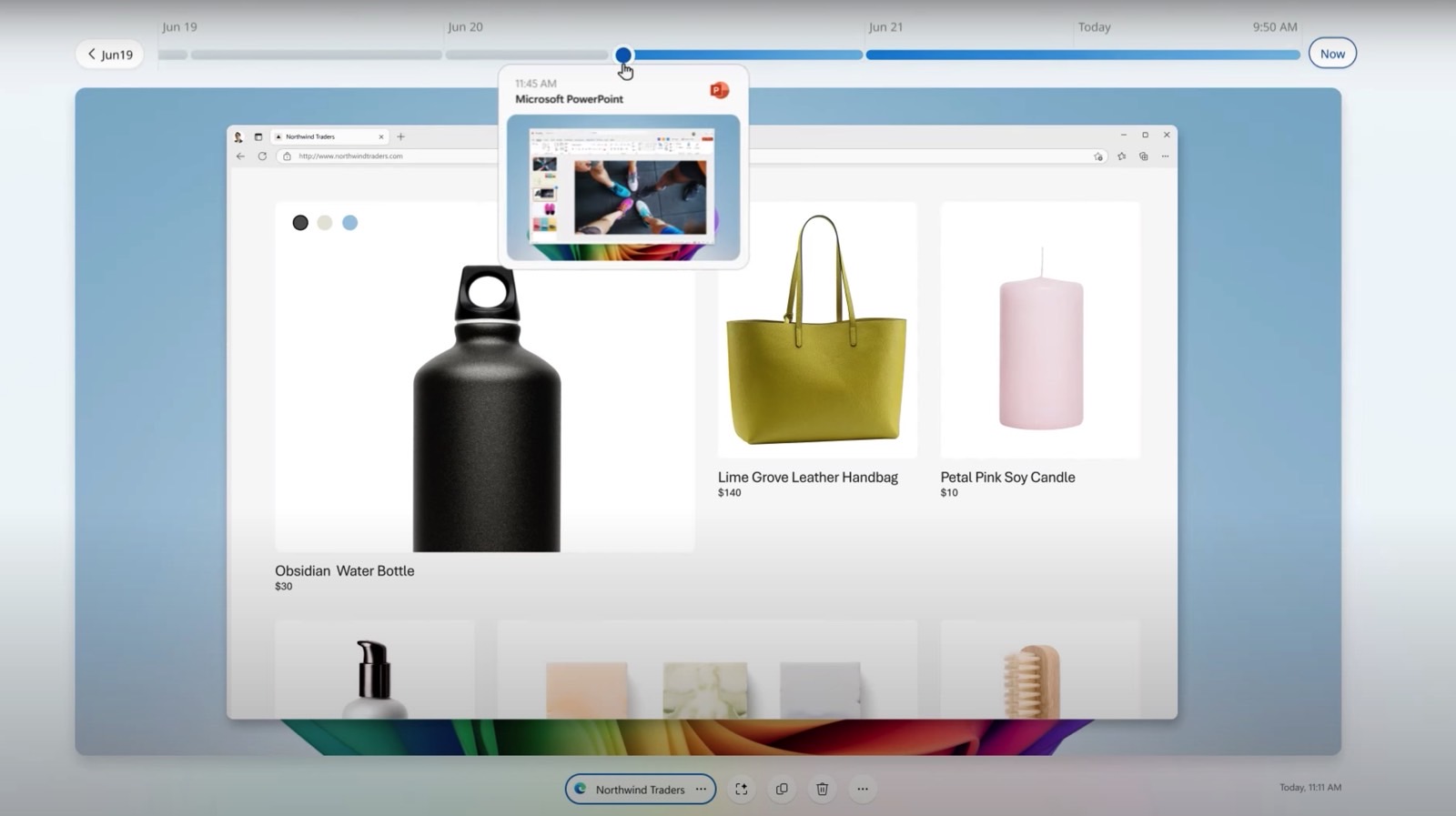From www.phonearena.com
A screenshot from Apple’s presentational video about Adaptive HDR | Image credit – Apple
The WWDC 2024 event may very well be considered ancient history at this point (it’s been five whole days since it took place at the start of the week), but the WWDC-related news just keep pouring in. Now, it’s time to talk about Apple’s latest innovation: the Adaptive HDR standard.
This technology is fully compatible with existing SDR systems, decoders, and applications, allowing for seamless integration. It enables the storage of both SDR and HDR data in a single file and dynamically adapts to different displays.
Key differences between HDR and SDR
So, a bit of clarification!
SDR (Standard Dynamic Range) and HDR (High Dynamic Range) are two different technologies used in displaying images and videos.
SDR is what most people are used to seeing on their TVs, phones, and computers. It has a limited range of brightness and color, which means the darkest parts of an image might look too dark, and the brightest parts might lack detail.
On the other hand, HDR expands this range significantly. It can show much brighter whites and much darker blacks, making images look more lifelike and without losing details. Think of it like upgrading from a basic coloring set to a deluxe set with more shades and brighter colors.
In simpler terms, HDR makes everything on your screen look more vibrant and realistic compared to SDR. It can show more details in both bright and dark areas of a scene, making it feel closer to what our eyes naturally see in the real world.
HDR, for example, boasts a higher dynamic range of around 17 stops, closer to the human eye’s 20-stop dynamic range, while SDR typically has around 6 stops of dynamic range. Dynamic range refers to the range of brightness levels that a display or camera can capture or show. Imagine you’re taking a photo outside on a sunny day. The difference between the brightest and darkest parts of the scene, like the sky and shadows, is the dynamic range.
Apple’s Adaptive HDR
Apple released a 34-minute-long video on Adaptive HDR that’s aimed at developers, but the key features of this new technology are:
- Backward Compatibility: The new Adaptive HDR technology seamlessly integrates with existing SDR systems, ensuring no disruptions for users.
- Single file storage: Adaptive HDR stores both SDR and HDR data in a single file, simplifying content management and sharing.
- Dynamic adaptation: The technology adapts between HDR and SDR to ensure correct display across different devices.
The iPhone 15 series will be the first to adopt Adaptive HDR with iOS 18 when the new operating system arrives in some months’ time.
Sebastian, a veteran of a tech writer with over 15 years of experience in media and marketing, blends his lifelong fascination with writing and technology to provide valuable insights into the realm of mobile devices. Embracing the evolution from PCs to smartphones, he harbors a special appreciation for the Google Pixel line due to their superior camera capabilities. Known for his engaging storytelling style, sprinkled with rich literary and film references, Sebastian critically explores the impact of technology on society, while also perpetually seeking out the next great tech deal, making him a distinct and relatable voice in the tech world.
[ For more curated Apple news, check out the main news page here]
The post Apple’s new Adaptive HDR arrives with iOS 18 and it’s backward-compatible first appeared on www.phonearena.com


